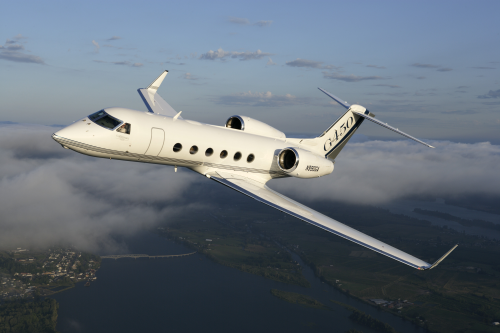
The testing took place in the structural test hangar at Gulfstream’s headquarters in Savannah, Georgia, USA.
The structural wing assembly, also known as a wing box, includes the wing’s spars, ribs, stiffeners and skins.
The all-composite part was manufactured at the new Gulfstream Research and Development Center (RDC) II Laboratory Building by the company’s Advanced Composites group.
The 18 ft wing assembly weighs 465 lbs and is similar in size and shape to the outboard section of the Gulfstream G650 aircraft but 35% lower in weight. It is the biggest section of a wing that could fit in the RDC II Laboratory’s autoclave.
The Advanced Composites team performed a number of tests, including one to design ultimate loading with the wing in good condition and again after the wing had been damaged intentionally. The test programme confirmed that the team was able to accurately predict non-linear behavior and eventual structural failure by analysis.
“The successful completion of this test is a major step forward for Gulfstream research and development,” says Pres Henne, senior vice president, Programs, Engineering and Test, Gulfstream. “Full-scale assembly and testing of wing and fuselage sections will allow us to determine if it makes sense to use large-scale composite primary structures in Gulfstream aircraft.”
Gulfstream has incorporated low levels of composites in its aircraft for more than 20 years in parts such as floor panels, furnishings, fairings, cover pieces and the aft pressure bulkhead section of the fuselage.
Gulfstream Aerospace Corporation, a subsidiary of General Dynamics, designs and manufactures business-jet aircraft.





